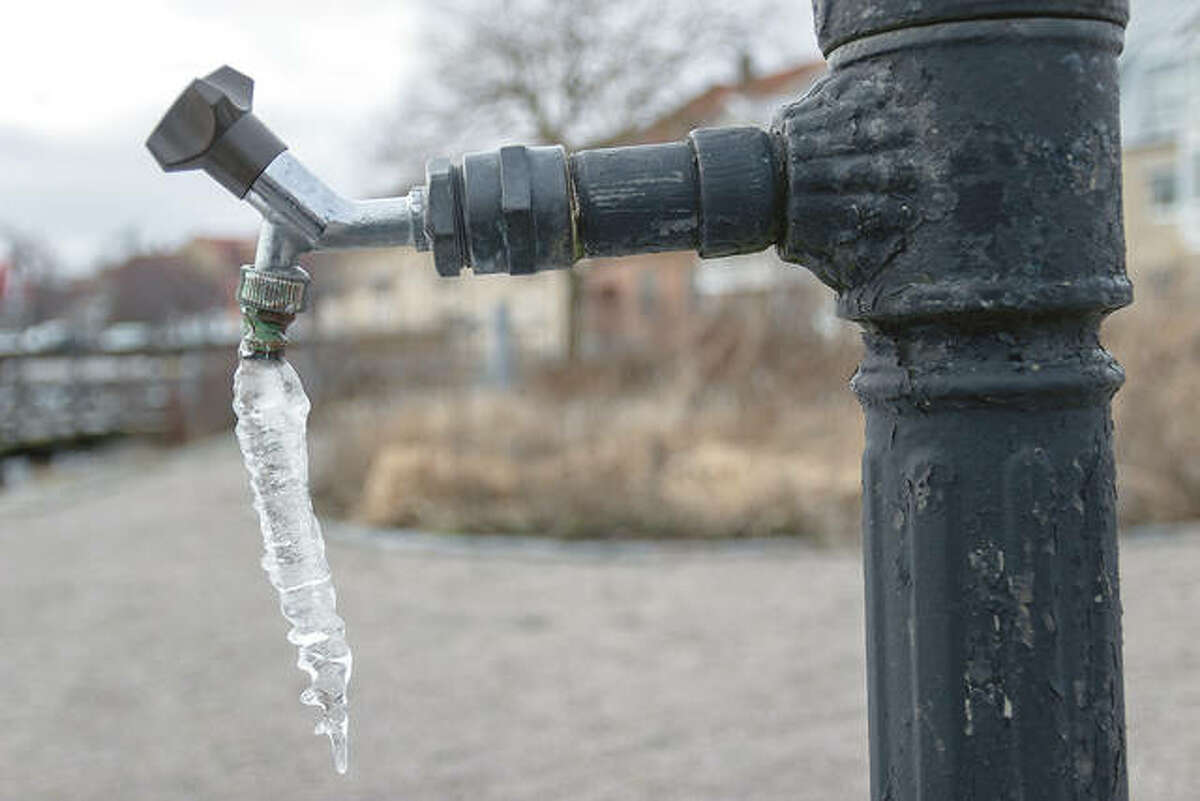Just about every person will have their personal piece of advice with regards to Preventing and dealing with frozen pipes.

Cold weather can ruin your plumbing, especially by freezing pipelines. Here's how to stop it from occurring and what to do if it does.
Intro
As temperature levels drop, the threat of frozen pipelines rises, potentially bring about pricey fixings and water damages. Understanding how to avoid frozen pipelines is vital for home owners in cool climates.
Recognizing Frozen Pipelines
What causes pipelines to freeze?
Pipelines ice up when exposed to temperatures below 32 ° F (0 ° C) for prolonged periods. As water inside the pipelines ices up, it increases, taxing the pipeline walls and potentially creating them to burst.
Dangers and damages
Frozen pipes can cause water system disruptions, residential or commercial property damages, and pricey repair services. Ruptured pipelines can flood homes and trigger considerable architectural damage.
Signs of Frozen Piping
Identifying icy pipelines early can prevent them from rupturing.
Just how to determine frozen pipelines
Look for reduced water flow from faucets, unusual odors or noises from pipelines, and visible frost on subjected pipelines.
Prevention Tips
Protecting vulnerable pipelines
Cover pipes in insulation sleeves or make use of heat tape to safeguard them from freezing temperature levels. Focus on pipelines in unheated or exterior locations of the home.
Home heating techniques
Maintain indoor areas adequately warmed, especially locations with plumbing. Open up closet doors to permit warm air to flow around pipelines under sinks.
Safeguarding Exterior Plumbing
Yard pipes and outside faucets
Disconnect and drain pipes yard pipes before wintertime. Mount frost-proof spigots or cover outdoor taps with protected caps.
What to Do If Your Pipelines Freeze
Immediate actions to take
If you believe icy pipes, keep taps open up to soothe pressure as the ice thaws. Utilize a hairdryer or towels soaked in warm water to thaw pipes slowly.
Long-Term Solutions
Architectural adjustments
Think about rerouting pipelines far from exterior wall surfaces or unheated locations. Include additional insulation to attic rooms, cellars, and crawl spaces.
Upgrading insulation
Buy premium insulation for pipelines, attics, and wall surfaces. Appropriate insulation helps keep regular temperature levels and reduces the threat of frozen pipelines.
Verdict
Stopping frozen pipelines calls for aggressive procedures and fast actions. By recognizing the reasons, indicators, and safety nets, home owners can protect their plumbing during cold weather.
5 Ways to Prevent Frozen Pipes
Drain Outdoor Faucets and Disconnect Hoses
First, close the shut-off valve that controls the flow of water in the pipe to your outdoor faucet. Then, head outside to disconnect and drain your hose and open the outdoor faucet to allow the water to completely drain out of the line. Turn off the faucet when done. Finally, head back to the shut-off valve and drain the remaining water inside the pipe into a bucket or container. Additionally, if you have a home irrigation system, you should consider hiring an expert to clear the system of water each year.
Insulate Pipes
One of the best and most cost-effective methods for preventing frozen water pipes is to wrap your pipes with insulation. This is especially important for areas in your home that aren’t exposed to heat, such as an attic. We suggest using foam sleeves, which can typically be found at your local hardware store.
Keep Heat Running at 65
Your pipes are located inside your walls, and the temperature there is much colder than the rest of the house. To prevent your pipes from freezing, The Insurance Information Institute suggests that you keep your home heated to at least 65 degrees, even when traveling. You may want to invest in smart devices that can keep an eye on the temperature in your home while you’re away.
Leave Water Dripping
Moving water — even a small trickle — can prevent ice from forming inside your pipes. When freezing temps are imminent, start a drip of water from all faucets that serve exposed pipes. Leaving a few faucets running will also help relieve pressure inside the pipes and help prevent a rupture if the water inside freezes.
Open Cupboard Doors
Warm your kitchen and bathroom pipes by opening cupboards and vanities. You should also leave your interior doors ajar to help warm air circulate evenly throughout your home.

As an avid reader on How To Avoid Freezing Pipes, I assumed sharing that segment was really helpful. If you enjoyed reading our blog entry plz do not forget to pass it around. Thanks a bunch for being here. Return soon.
Click Here